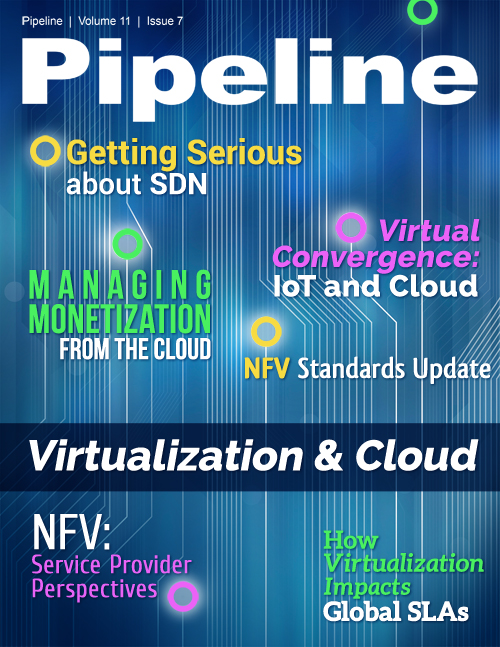Service Provider Perspectives on NFV Business Cases and Plans
View of NFV Infrastructure Technologies
Respondents are divided in their views on how ready infrastructure technology is to support NFV. Only 10 percent of respondents feel they have all of the infrastructure technologies in place to support NFV, but nearly one-third believe they have most of them. A further 40 percent, the largest group, feel that NFVI technologies are immature and only have access to some of them at this stage. Nearly one-fifth of the sample believe it is too early in the market to select NFV technologies.
Of the respondents that have already developed a business case, 35 percent said they had all the infrastructure technologies they need and percent said they had most of them, so over three quarters of this subgroup appear to be advanced in their specification and procurement of NFV infrastructure technologies.
Conclusions
Service provider interest in NFV and progress toward its implementation has progressed rapidly since the concept was first introduced in an ETSI white paper in October 2012. The vision of quickly realizing revenues from new services, as well as cost savings from more efficient operations, has resonated strongly with the industry.
The Heavy Reading and Ericsson study has shown a strong degree of understanding of the importance of business metrics among the most advanced operators investigating NFV, namely large tier ones, many of which were early members of ETSI NFV. There is a distinct appetite among respondents to reduce costs and to use cost as one of the top factors in determining where VNFs should be deployed in infrastructures. Respondents leading the market show a marked inclination to use policy-driven cloud orchestration systems in the future and are enthusiastic about automation.
We are still early in the lifecycle, but it is clear that service providers widely anticipate achieving substantial cost savings from NFV and cloud and increasing revenues from the rapid introduction of new services. The industry has already come so far, so quickly; and, if this survey is any indication, it remains full-steam ahead!



















